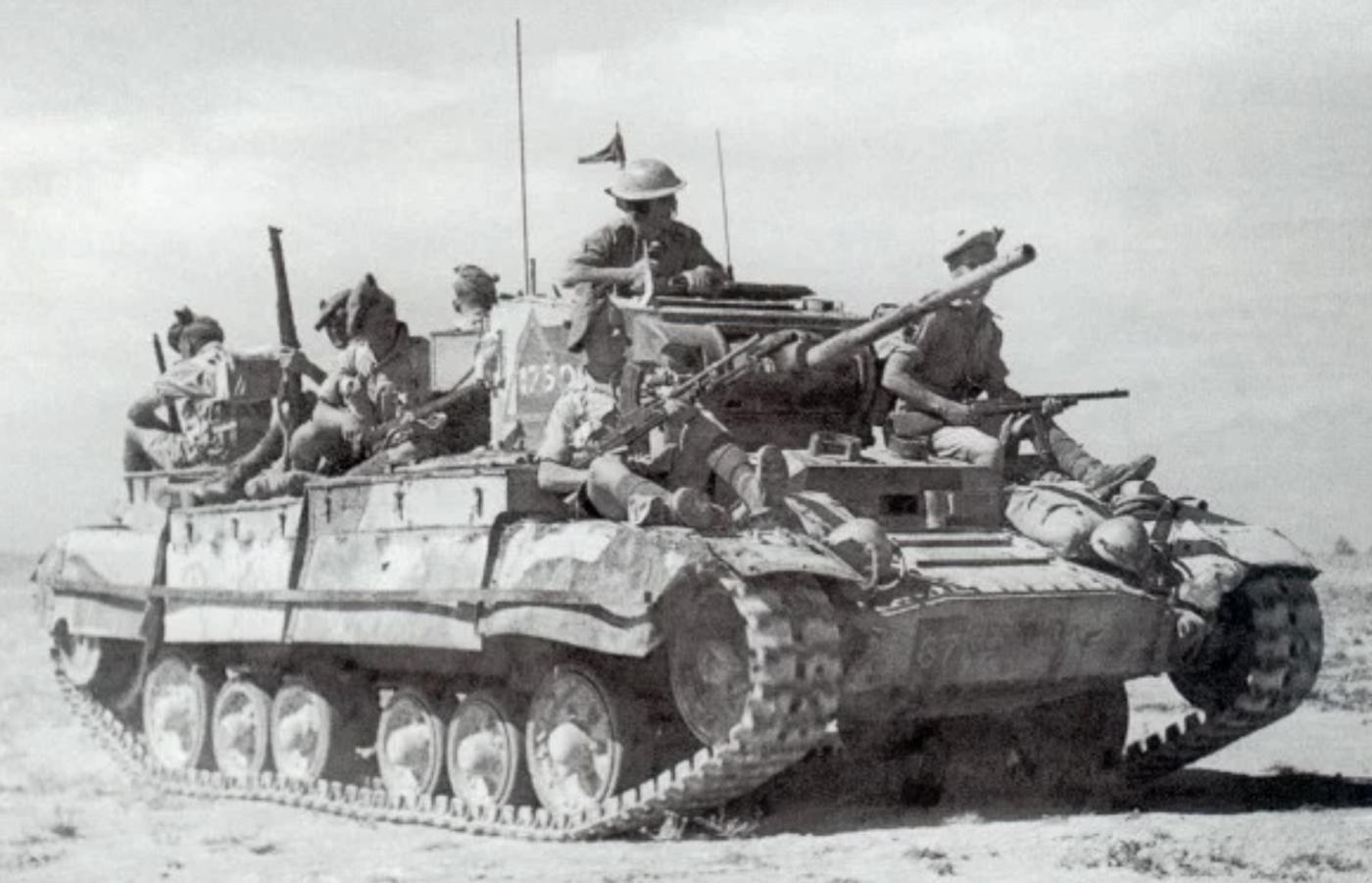
On this day in military history…
In the arid expanse of North Africa, the First Battle of El Alamein marked a pivotal moment in the Second World War. Beginning on the 23rd of October 1942, the battle was the culmination of meticulous planning by General Bernard Montgomery, commander of the British Eighth Army, whose task was to break the German-Italian Axis hold on Egypt and halt the advance of the legendary Field Marshal Erwin Rommel and his Afrika Korps.
Montgomery had taken command of the Eighth Army just two months prior and found himself facing an adversary who had proven nearly invincible across the deserts of Libya and Egypt. Rommel’s forces had pushed deep into Egypt, threatening the Suez Canal and British interests in the Middle East. The line had to hold at El Alamein, a narrow stretch of land between the Mediterranean Sea and the Qattara Depression, which provided a natural chokepoint where Rommel's flanking options were severely limited.
Montgomery’s strategy was not based on speed or surprise, but on overwhelming force, attrition, and deception. He aimed to wear Rommel down through a carefully staged, methodical assault. The plan was codenamed Operation Lightfoot, named after the idea that infantry could move through minefields that would detonate only under the weight of heavier vehicles. This operation was to be executed in three phases: a massive artillery barrage to shatter enemy lines, a sustained infantry assault to breach them, and an armoured push to exploit any gaps and roll up the Axis positions.
To execute this, Montgomery gathered a significant numerical advantage. The British Eighth Army consisted of over 195,000 men, supported by around 1,000 tanks and 900 artillery pieces. The Axis, meanwhile, fielded about 116,000 troops—54,000 Germans and 62,000 Italians—with only 500 tanks and fewer artillery pieces. The disparity in logistics, supply lines, and reserves gave Montgomery a clear edge, but Rommel’s tactical brilliance and the determination of his troops meant that victory would not come easily.
The battle began on the night of October 23 with a thunderous artillery barrage from more than 900 guns, firing an estimated 1,000 rounds each over five hours in one of the largest artillery bombardments of the war to that point. This relentless fire was directed at enemy positions across a 12-mile front, designed to disorient and weaken Axis defenses ahead of the infantry advance.
Under the cover of darkness, Allied infantry units moved forward through paths cleared in the dense Axis minefields. These mines—nicknamed the "Devil’s Gardens"—were laid in vast fields to prevent precisely this kind of assault. Clearing them under fire was dangerous and slow, and initial progress was limited. However, Montgomery had anticipated this and did not expect a rapid breakthrough. His intention was to keep pressure on Rommel, force him to commit his reserves, and then strike with his armoured divisions once the enemy was worn down.
Over the following days, fierce fighting raged across the battlefield. The Allied infantry encountered stiff resistance, and Axis counterattacks were launched repeatedly to plug gaps. Rommel, despite being ill in Germany at the onset of the battle, returned quickly to take command. He conducted a masterful defensive action, using his limited tanks and artillery to maximum effect, orchestrating withdrawals and counter-thrusts that inflicted heavy casualties and slowed the Allied advance.
However, Montgomery remained focused and unshaken. Rather than pushing for a single decisive blow, he maintained pressure across the front, constantly probing for weak points. On October 25, after initial thrusts failed to achieve a full breakthrough, he paused briefly to regroup and shift his main effort northward. This northern thrust became known as Operation Supercharge, launched on the night of November 1. With fresh troops and tanks, including New Zealand and British armoured divisions, Montgomery aimed to crack the Axis line once and for all.
Supercharge succeeded where earlier efforts had stalled. Despite fierce Axis resistance, the Allied attack finally broke through the weakened German-Italian lines. By November 3, Rommel's position had become untenable. His forces were exhausted, under constant aerial bombardment, and facing a growing threat of encirclement. On November 4, he ordered a general retreat, marking the end of the battle and a turning point in the North African campaign.
The First Battle of El Alamein was a triumph of planning, discipline, and logistical superiority. Montgomery’s refusal to be drawn into a hasty confrontation and his emphasis on preparation and attrition proved decisive. The Allies had lost about 13,000 men and around 500 tanks, while Axis casualties numbered over 30,000 with the loss of nearly all their tanks. Importantly, the myth of Axis invincibility in North Africa was shattered, and Rommel’s forces began a long retreat that would end in Tunisia months later.










